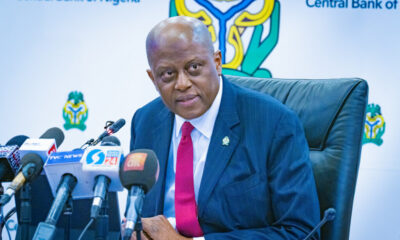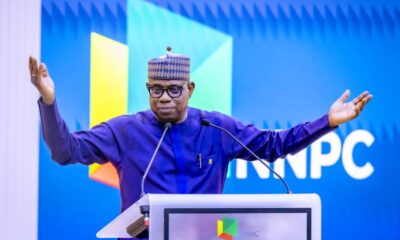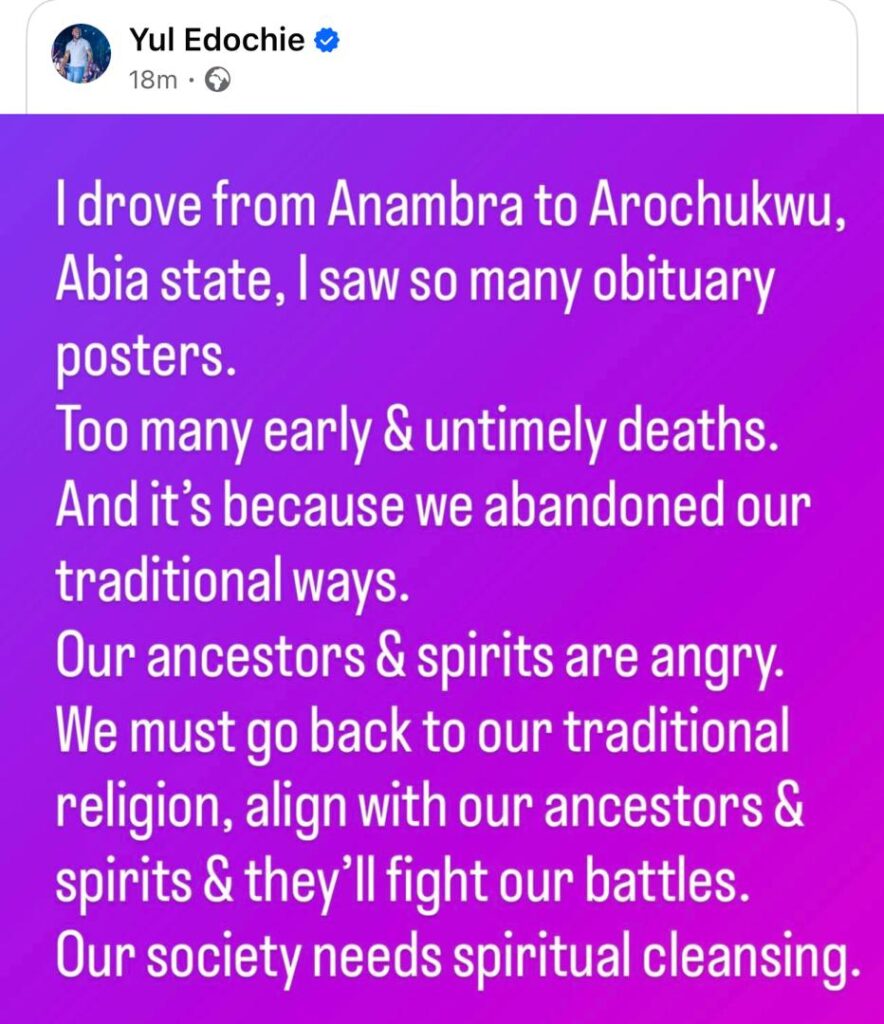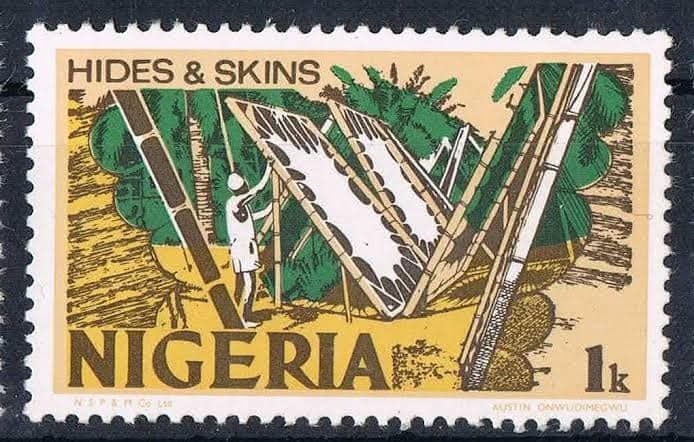Nigerian singer Adekunle Gold returns to his roots on Friday with the release of his sixth album, “Fuji”, which he described as a tribute to the ancestral sounds of his home country.
“That sound is the soundtrack of Lagos. It’s everywhere. That sound gave birth to Afrobeats and all the things that we hear right now,” Gold told AFP in Paris.
A descendant of the Kosoko royal family, the Afropop icon draws inspiration from the Indigenous Yoruba community, one of the largest ethnic groups in West Africa.
It is “one of the oldest sounds of Nigeria”, the 38-year-old singer said.
Fuji music, a popular genre that evolved from Yoruba Muslim culture, is known for its fast beats, large ensemble of percussion instruments, and lyrics based on key sociopolitical themes.
The genre took off in Nigeria in the 1960s, shortly after the country declared independence.
Late singer-songwriter Ayinde Barrister, widely regarded as the pioneer of Fuji music, named the style after the famous Japanese mountain.
Gold blends traditional elements from Nigeria’s rich musical heritage with the catchy melodies of contemporary R&B.
Like Burna Boy or Davido, he represents this generation of Nigerian artists who have bridged divides between past and present for an international audience.
“You listen to it, and it makes your body move. It’s magical,” the singer said.
“Fuji, Highlife (another traditional genre), every sound from Nigeria makes you feel alive. I feel like that’s why it does well,” he added.
Full of colourful outfits, lively dancing, and flower-covered boats, his “Party No Dey Stop” music video — a viral duet with fellow Nigerian Zinoleesky — has amassed 29 million views on YouTube.
The song is his first major hit in the United States.
Gold, also known as AG Baby, gained fame in Nigeria in 2014 after he covered a song by popular boy band One Direction.
Since then, he has signed with American label Def Jam Recordings and has collaborated on the track “Falling Up” with funk legend Nile Rodgers and musician Pharrell Williams.
Spreading culture
Gold invites listeners to delve deep into the latest album, an emotional journey inspired by significant events from his life.
“I talk about my grief when I lost my father. I talk about my love life, my daughter, about being a family man,” he explained.
While Gold lives in the United States, he said his “heart is in Lagos”.
“I’m spreading the culture, talking about my heritage, talking about tradition,” he said.
However, challenges persist in Nigeria, where nearly 60 per cent of the population lives below the poverty line
“There have been steps in the right direction,” Gold said as he expressed hope for the future of his country.
“It is not enough for the government to do everything,” he added, calling on people to “do what we can as citizens”.
Committed to the fight against sickle cell disease, which he has lived with his entire life, Gold launched a foundation this year to fund treatment and support local charities.
punch.ng
FOLLOW US ON:
FACEBOOK
TWITTER
PINTEREST
TIKTOK
YOUTUBE
LINKEDIN
TUMBLR
INSTAGRAM

 Business8 hours ago
Business8 hours ago
 Lifestyle8 hours ago
Lifestyle8 hours ago
 News8 hours ago
News8 hours ago
 Business8 hours ago
Business8 hours ago
 News8 hours ago
News8 hours ago
 Crime8 hours ago
Crime8 hours ago
 Business7 hours ago
Business7 hours ago
 Sports8 hours ago
Sports8 hours ago















